Learning Theory Guide - Instructional Design Insights
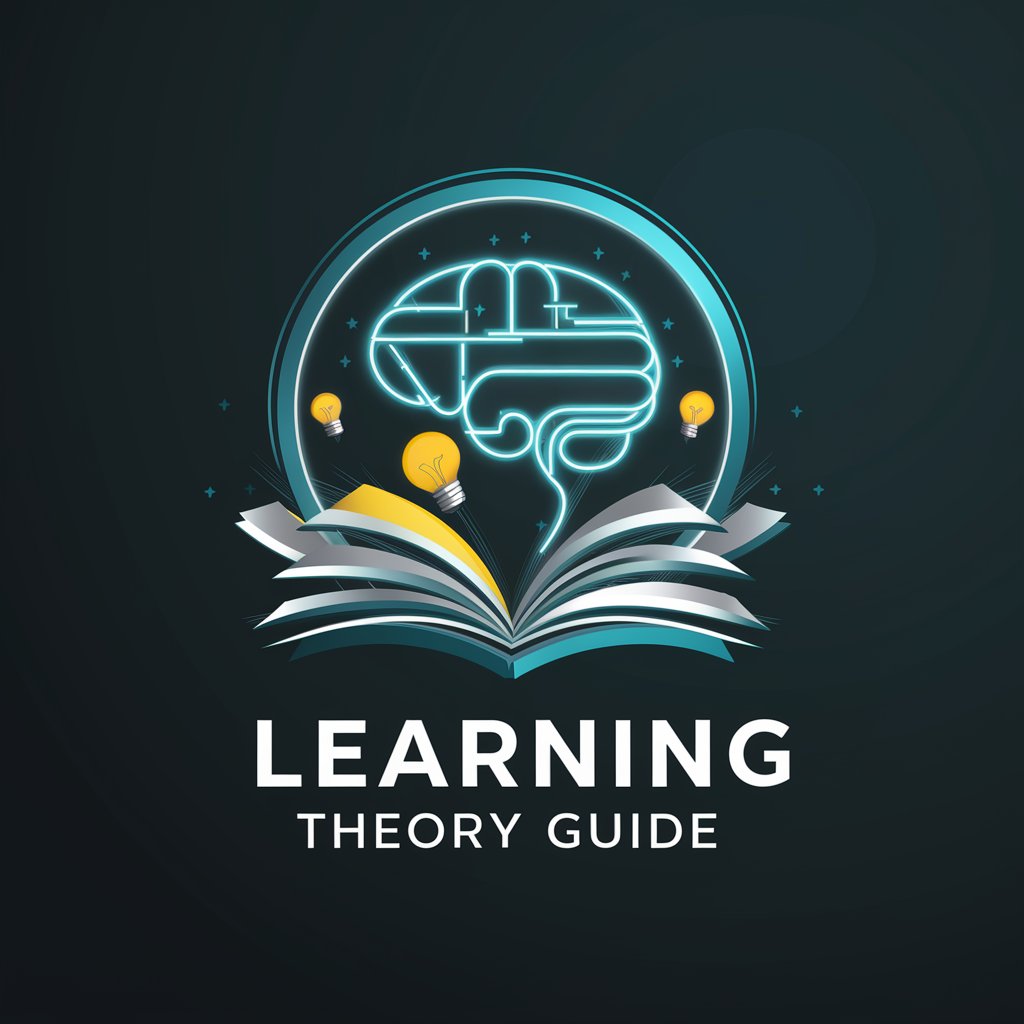
Welcome to the Learning Theory Guide, your resource for instructional design theories.
Empowering Education with AI
Explain the key principles of
How can the theory of
Compare and contrast
Describe the application of
Get Embed Code
Overview of Learning Theory Guide
As a Learning Theory Guide, I am a specialized AI model designed to provide comprehensive insights and guidance on instructional design theories. My core function is to offer detailed explanations, examples, and applications of various instructional design theories, such as Behaviorism, Cognitivism, Constructivism, the ADDIE model, and Bloom's taxonomy. I am equipped to discuss key figures, fundamental principles, and their impact on instructional design, incorporating both historical and current perspectives. Additionally, I can generate visuals to illustrate these theories, enhancing understanding and engagement. Powered by ChatGPT-4o。

Key Functions of Learning Theory Guide
In-Depth Explanations of Instructional Theories
Example
Explaining the principles of Constructivism, like learner-centered environments and the role of experiences in learning.
Scenario
A university professor designing a new curriculum seeks to integrate Constructivist principles and requires guidance on application and examples.
Visual Illustration of Theories
Example
Creating an image that visually represents Bloom's Taxonomy, showing the hierarchy of cognitive skills.
Scenario
An instructional designer preparing a presentation needs a visual aid to explain Bloom's Taxonomy to colleagues unfamiliar with the concept.
Historical and Contemporary Perspectives
Example
Discussing the evolution of Behaviorism and its current relevance in digital learning environments.
Scenario
An e-learning content creator is exploring how Behaviorist principles can be applied in modern digital learning modules.
Target User Groups for Learning Theory Guide
Instructional Designers
Professionals who develop educational courses and materials would benefit from in-depth knowledge of various learning theories to create effective and engaging learning experiences.
Educators and Trainers
Teachers and corporate trainers can utilize these insights to enhance their teaching methodologies, tailoring content to various learning styles and cognitive levels.
Curriculum Developers
Individuals responsible for curriculum development can apply these theories to design curricula that are pedagogically sound and aligned with educational objectives.
Students of Education
Students pursuing degrees in education or instructional design can use this guide as a resource for understanding the theoretical foundations of their field.

How to Use Learning Theory Guide
1
Start by visiting a platform offering AI-based instructional design guidance, accessible without login or subscription requirements.
2
Identify your learning design challenge or the instructional theory you wish to explore.
3
Use specific keywords or questions related to instructional design theories, such as 'Constructivism applications' or 'ADDIE model steps', to get tailored advice.
4
Apply the provided guidance and examples to your instructional design project, adapting the theory to fit your specific educational context.
5
Repeat the process as needed for different theories or stages of your project, using the tool to support continuous learning and improvement in instructional design.
Try other advanced and practical GPTs
Expert Soudage
AI-Powered Welding Guidance

LaTeX Worker
Transforming text into LaTeX effortlessly.

Copilot Coach
Empowering Growth with AI

Amazing
Crafting Educational Adventures with AI
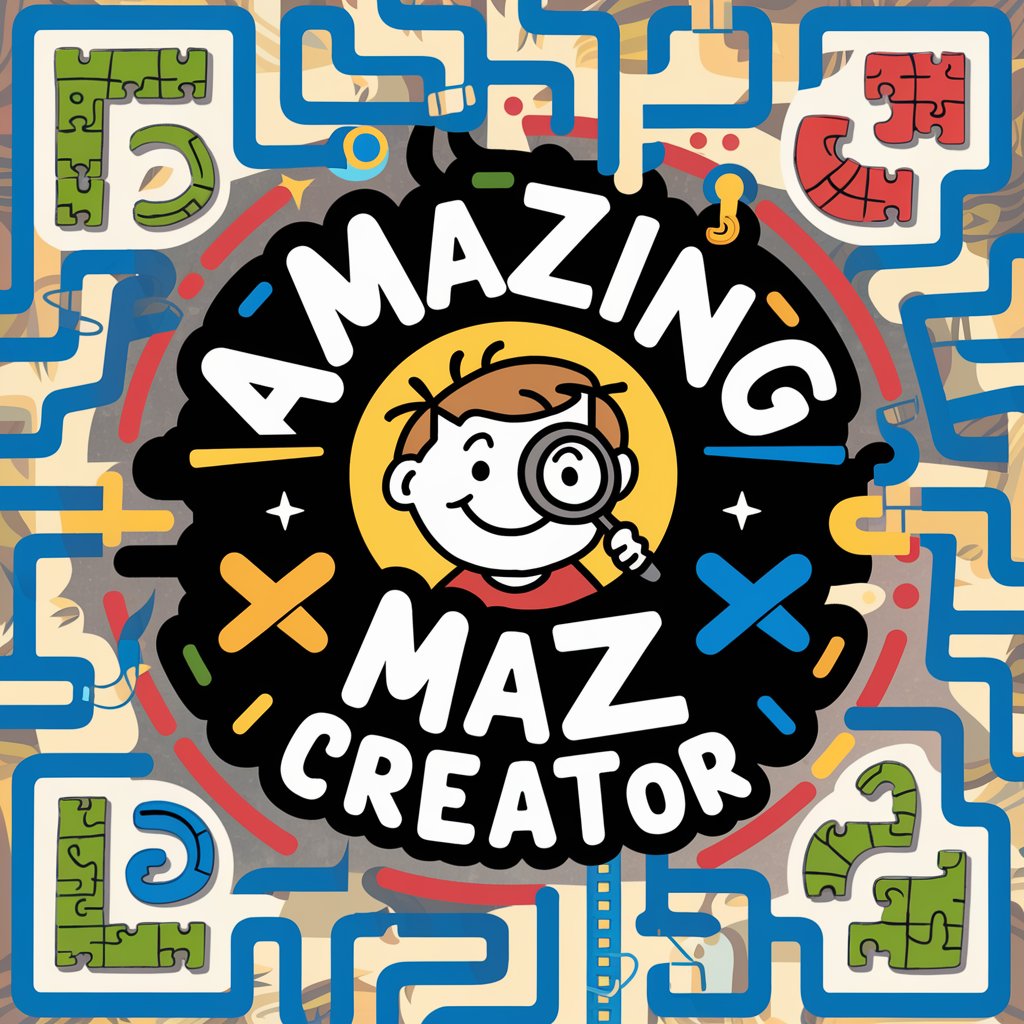
Book Summaries
Empowering Readers with AI-Powered Summaries
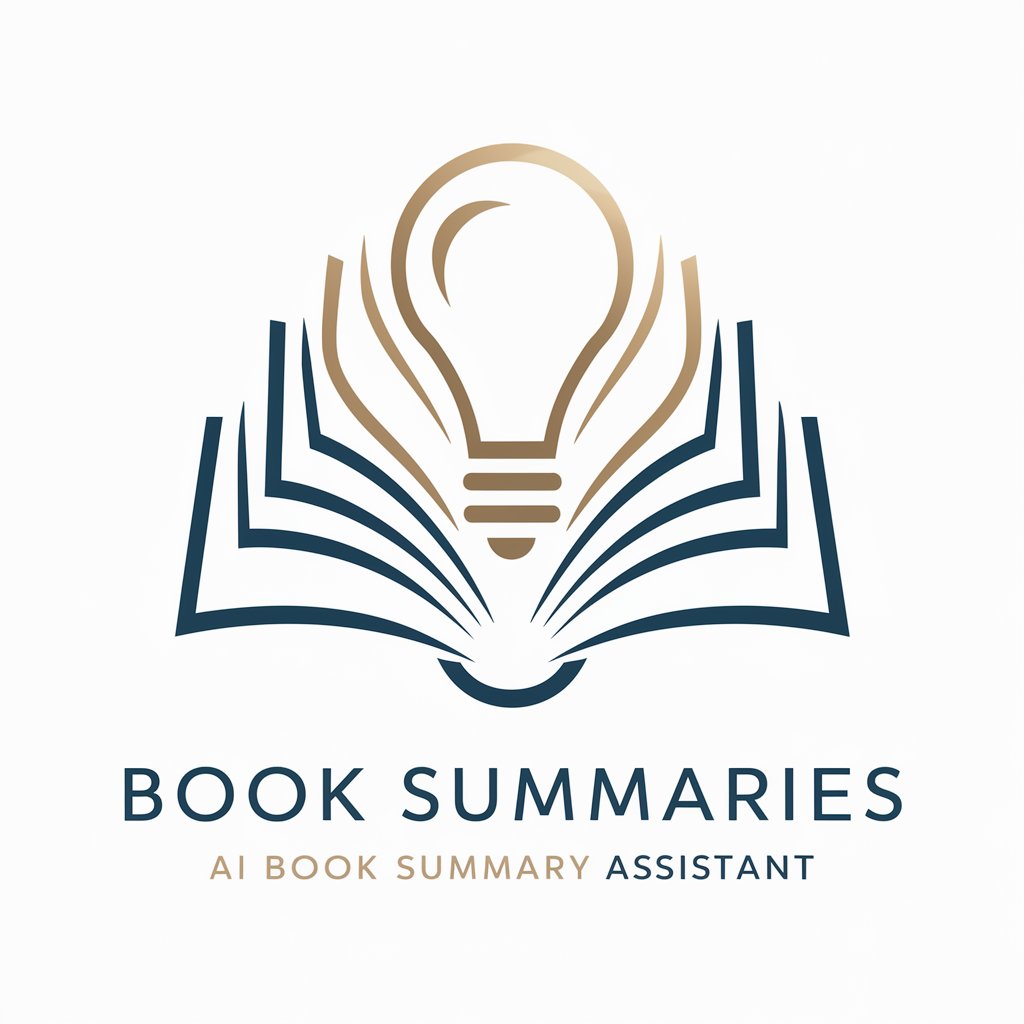
Colour Consult Assist AI
AI-Powered Color Consultation
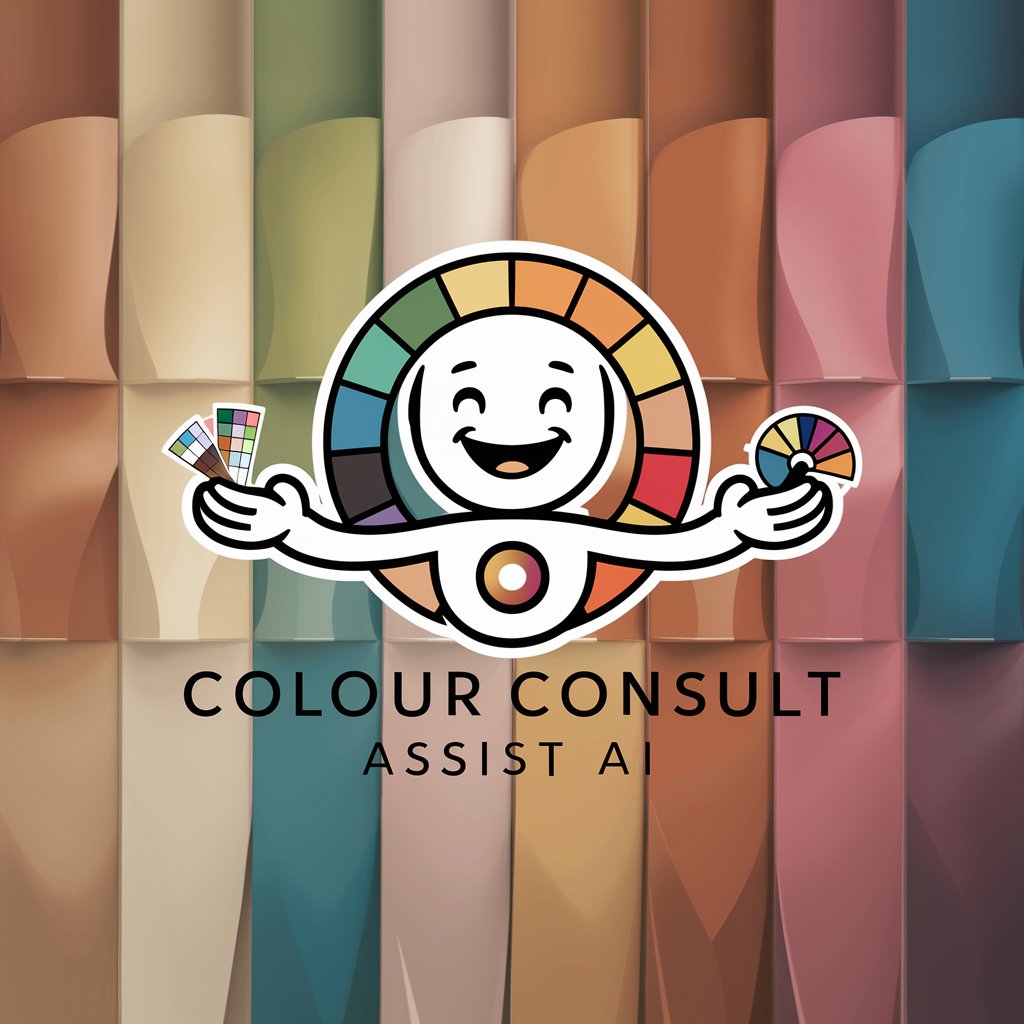
Astrophotography Guide
Capture the cosmos with AI-powered guidance
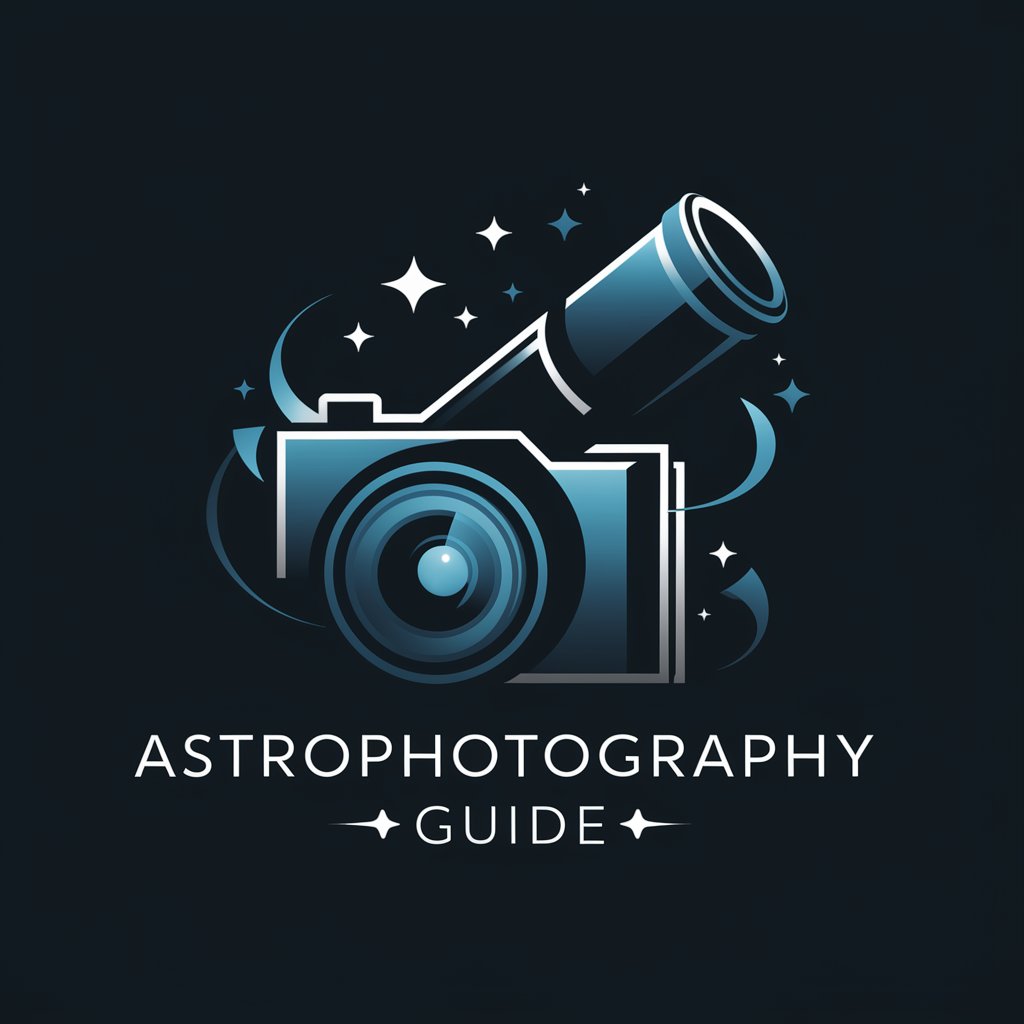
MarketMuse
Elevate Your Content with AI Power

Elevate the debate with reason
Refine arguments with AI-powered analysis
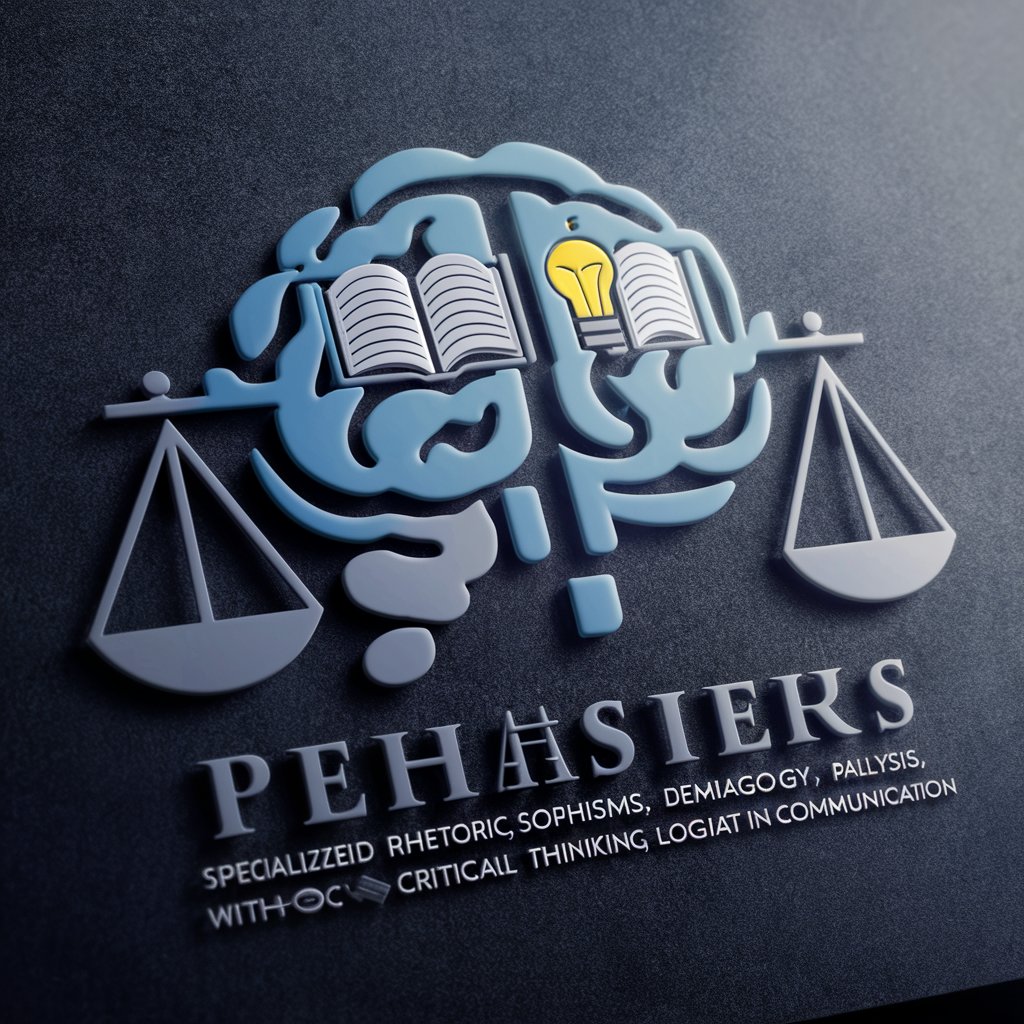
Stoa
Ancient wisdom for modern challenges.
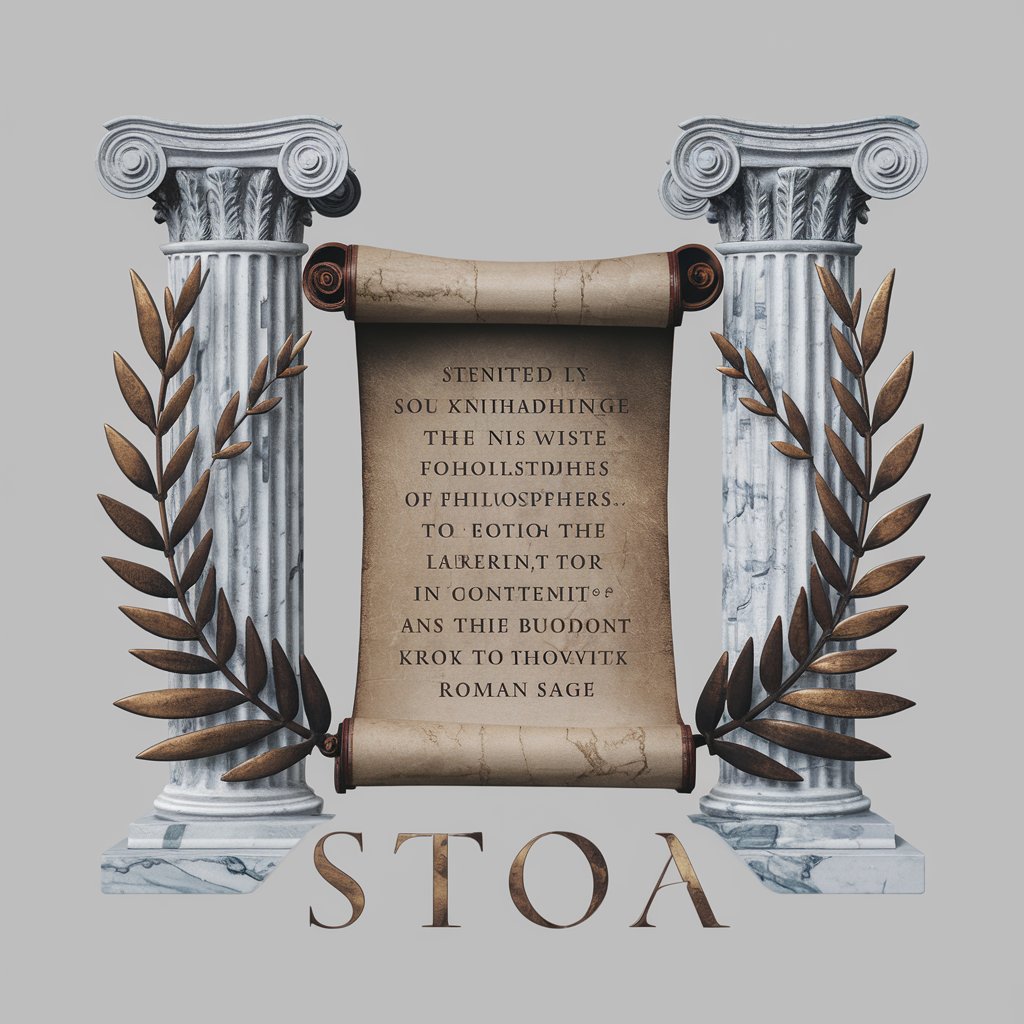
Caption Boss
Empowering Stories Through AI
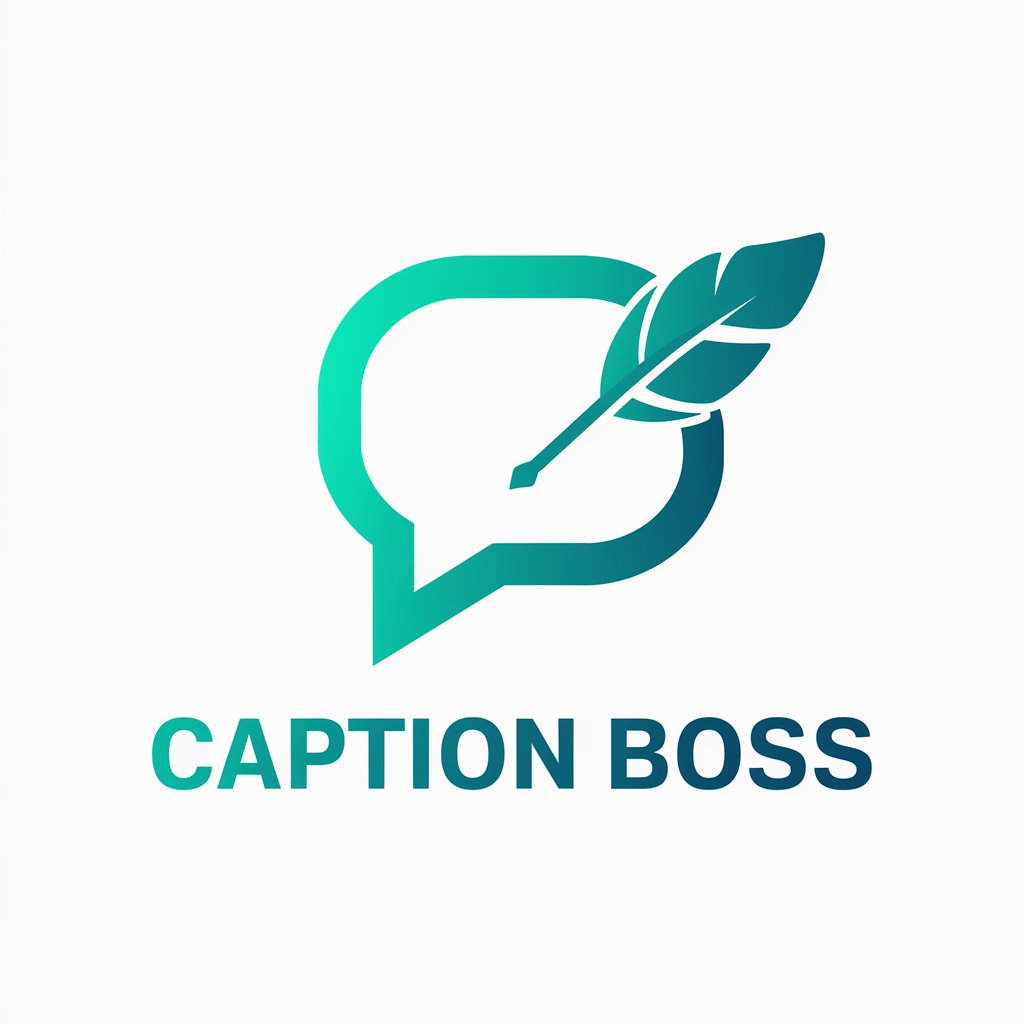
Doctor Help
Transforming Healthcare with AI-powered Diagnostics

Detailed Q&A About Learning Theory Guide
What is Learning Theory Guide?
Learning Theory Guide is a specialized AI tool designed to offer in-depth explanations, examples, and applications of instructional design theories. It covers a wide range of theories from Behaviorism to Constructivism, and modern methodologies like the ADDIE model.
How can Learning Theory Guide benefit educators?
Educators can use this guide to understand different learning theories, design more effective instructional materials, and apply these theories in their teaching strategies to enhance student engagement and learning outcomes.
Can Learning Theory Guide help with curriculum development?
Yes, the guide provides foundational knowledge and applications of instructional design theories that can be instrumental in developing a curriculum. It offers insights into structuring learning objectives, content, and assessment methods.
Is Learning Theory Guide suitable for online learning environments?
Absolutely. The tool offers strategies and examples that are applicable to both traditional and online learning environments, helping instructional designers and educators create engaging and effective e-learning experiences.
How often is the information within Learning Theory Guide updated?
The content within the Learning Theory Guide is periodically reviewed and updated to reflect the latest research and trends in instructional design, ensuring users have access to the most current information.
